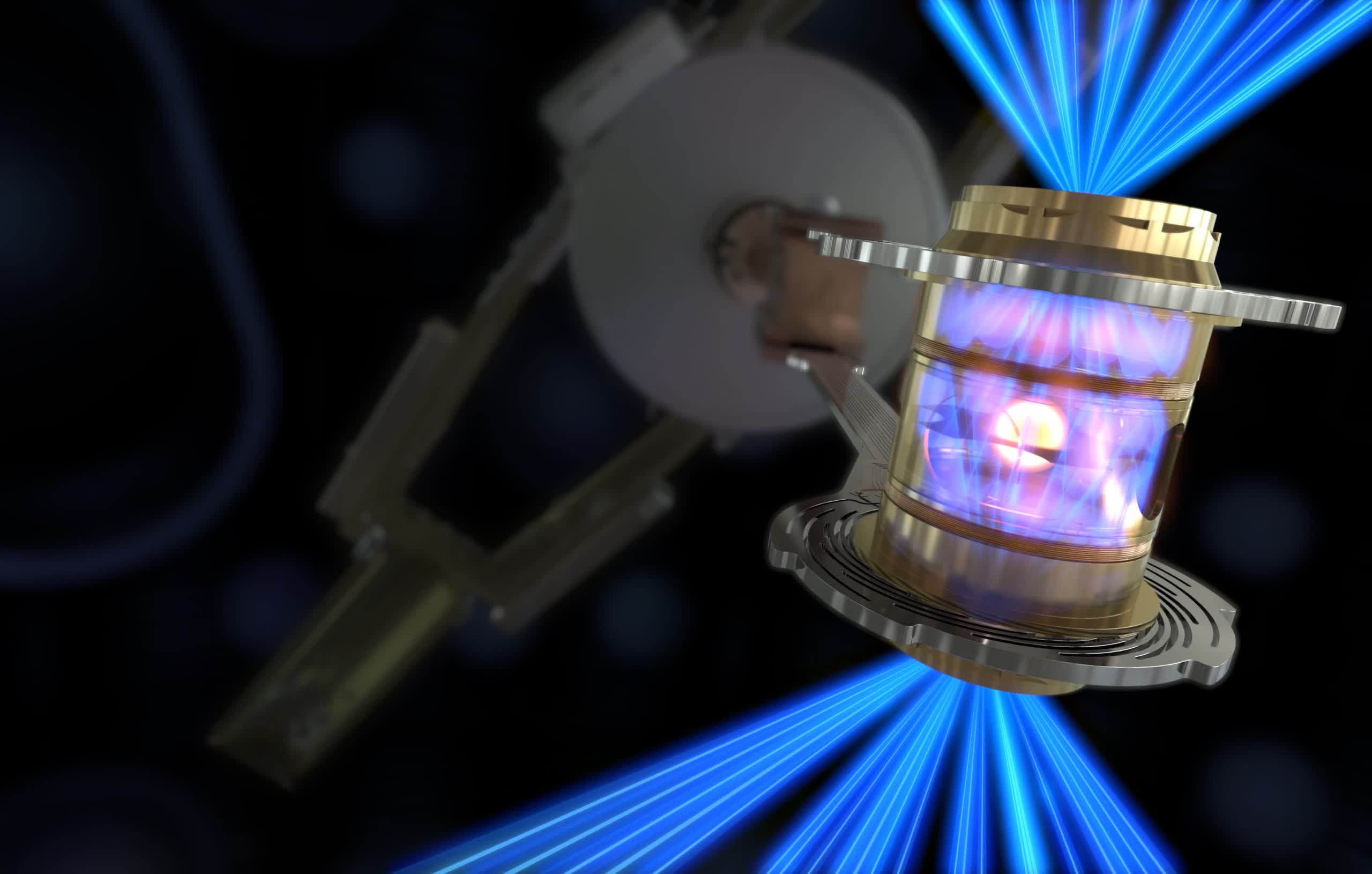Why it matters: Nuclear fusion has long been considered a holy grail of clean, renewable energy, possibly providing near-limitless power without the drawbacks of fossil fuels or nuclear fission. The jury is still out on whether fusion power will ever be viable, but scientists have made a significant early step on the long road to finding out.
Researchers have achieved the first nuclear fusion reaction that produced more energy than it took to start the reaction. The result represents a significant milestone in nuclear fusion energy development, but we're probably still many decades away from fusion power plants.
The US Department of Energy and its National Nuclear Security Administration announced that the Lawrence Livermore National Laboratory achieved what it calls "fusion ignition" or "scientific energy breakeven." On December 5, the National Ignition Facility (NIF) in Livermore, California, used 192 lasers to deliver 2.05 megajoules of energy to a tiny fuel pellet to trigger a fusion reaction generating 3.15 megajoules.
The experiment didn't yield a lot of energy, and it took hundreds of megajoules to power the lasers. However, it shows that a net energy gain from fusion could be possible. Future research would require scientists to design more efficient lasers, then figure out how to create sustained fusion through rapid-fire bursts. If they accomplish all that, perhaps they could discover more cost-effective methods for mass production and integration into the current energy infrastructure.

Other facilities across the globe are also researching nuclear fusion using strategies other than lasers. The DIII-D facility in San Diego operates a donut-shaped "Tokamak" chamber to turn fuel into superheated plasma where fusion reactions might happen.
Nuclear fusion is the process that powers the sun and other stars. In a star, it occurs when hydrogen nuclei — stripped of their electrons by the massive pressure of the star's interior — collide to create helium atoms. Helium atoms have a little less mass than the hydrogen atoms that made them, and the difference is released as energy, which fusion rectors hope to harness.
The NIF accomplishes this by firing lasers at a tube to heat its walls to millions of degrees Celsius, creating X-rays inside. A fuel pellet inside contains the hydrogen isotopes deuterium and tritium, and the X-rays force the isotopes to fuse, making helium.
Nuclear fusion can theoretically create enormous amounts of energy compared to current fuel sources without generating greenhouse gases or dangerous waste. However, it remains to be seen if the technology will ever be economically workable.
https://www.techspot.com/news/96960-scientists-announce-nuclear-fusion-breakthrough.html